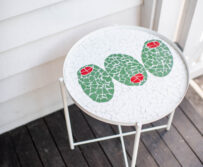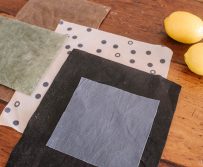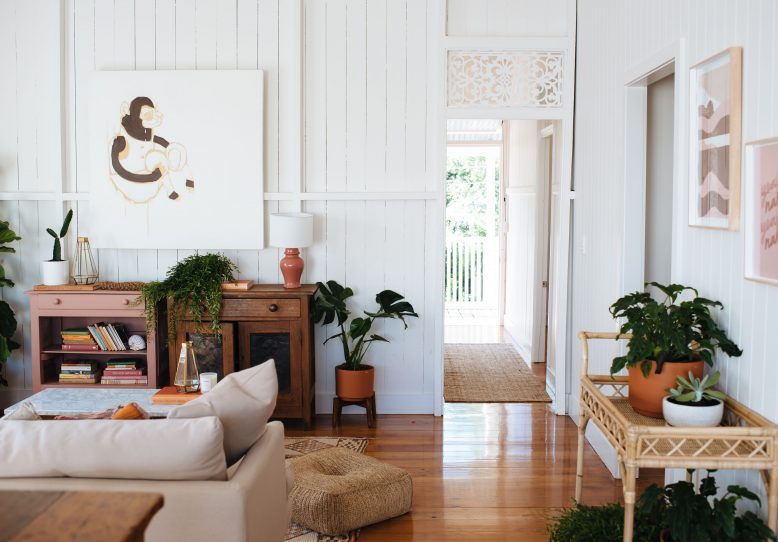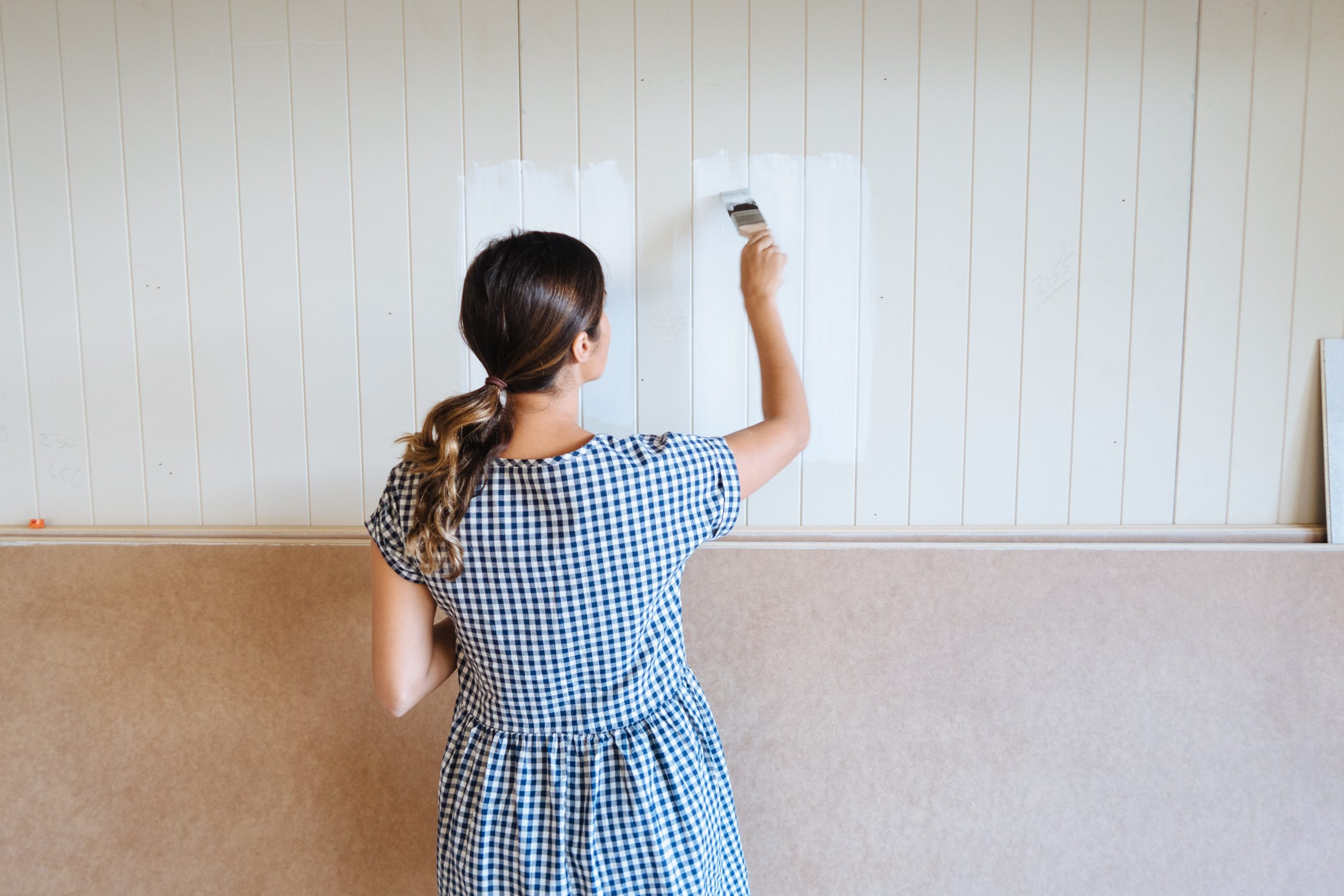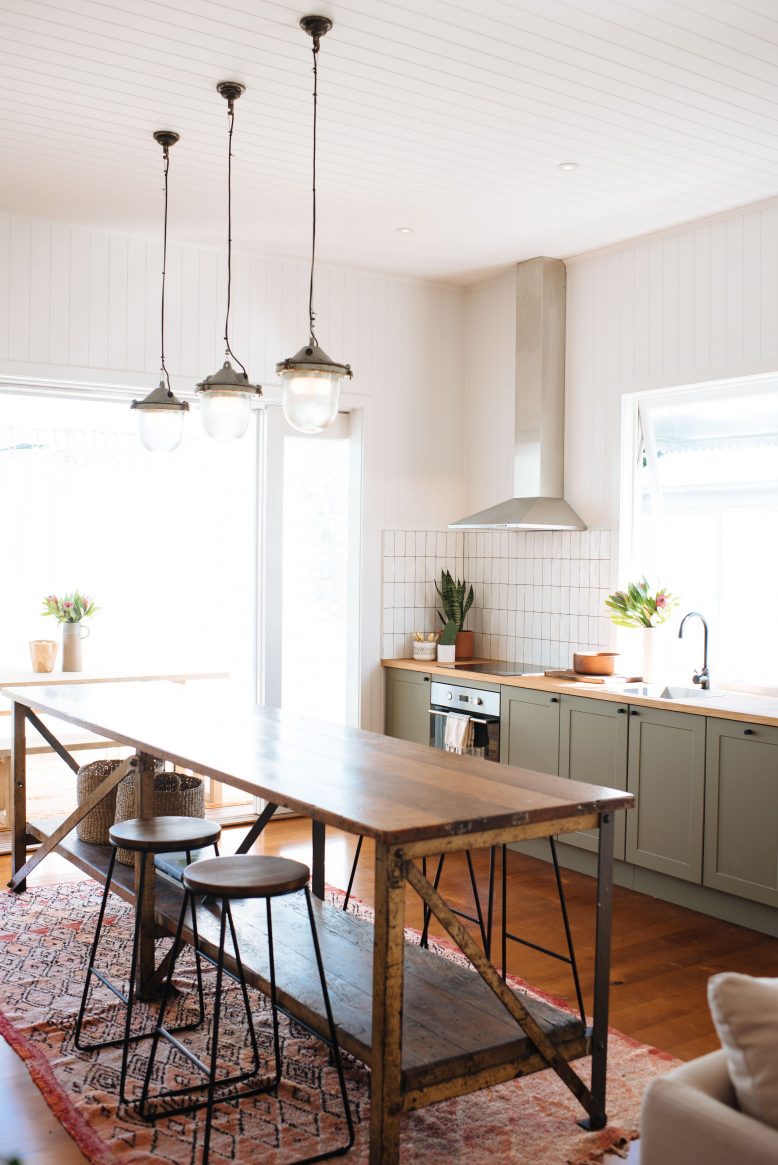A fresh coat of white paint has the power to transform your home. But choose the wrong one and you might end up with a worse space than you started with!
The perfect white paint complements the design, aesthetics and palette of the room. The wrong shade? Well it can make your space seem smaller, darker and less appealing than it should be. And I know for a fact that so many of you struggle with choosing the right white. Because so many of you guys have asked me what we used in our renovation palette. But the bottom line is that just because a white paint looks great in someone else’s space, it doesn’t mean it will do anything for yours. That’s because your space is unique and a decision needs to be made specifically based on the lighting, structure and look of the room in front of you. In this post we’ll walk you through a step by step guide to choosing the right white paint, to make your home the best it can be!
1. DECIDE IF YOU WANT WARM OR COOL WHITE
The first thing to understand is that no white paint is the same. Why? The lighting, decor plan, furnishings, and location of your house all come into the equation. Like with any colour wheel all whites fall somewhere on the spectrum. Even the pure whites are different – for example, brilliant white has cool undertones. So, the first thing you need to decide is if you want the white in your space to be a little bit warm or if you want a cool, white. Cool whites will be brighter and warm whites will feel a little more cozy, so it really depends on the feel you’re going for.
NEUTRAL WHITE
Neutral white paint colors will take the bright starkness out of your white but they go great with both cool and warm colors so they’re really versatile and timeless.
WARM WHITE
Warm white paint colours will be your least bright off whites and will help to create a warmer, cosier feel in your space. Creamy white gives a calming vibe and can be used for walls, trim, doors.
COOL WHITE
Cool whites will be the brightest and most crisp feeling. They can help to brighten darker spaces and create contrast with wooden flooring. If you’re dealing with warm light, brighter whites can be useful for counteracting that with the blue undertone.
2. KNOW YOUR UNDERTONE
Undertones are the slight tint of color that can influence the overall look of the main paint color. This is the key factor that distinguishes one white paint colour from all of the options out there. The best way to determine a white paint’s undertone is to hold it up to a pure white. Try painting a small section on a white poster board or hold a paint swatch up against a white sheet of paper. This should make the undertone more apparent and help you to determine if your paint color leans more towards a warm undertone or a cool one.
Identifying undertones in white paint is a lot like identifying undertones in neutral paint colors. If you’re looking at a paint swatch with multiple shades on it, you’ll look at the darkest shade to see the undertone. For example, when you look at a few white paint strips next to each other, the light shades at the top look very similar. It’s not enough to choose your colour based on these shades alone. You’ve got to look at the darkest shade on the swatch to really see the undertone or base colour that those light shades are made from. When you look at those darker shades you can see that some whites will have a yellow undertone, some a blue undertone, some a purple undertone, and some a grey undertone.
3. CONSIDER THE LIGHTING
The appearance of white paint is all down to lighting. Which way do the windows in the room face? In the Northern hemisphere, the north facing rooms will have a cooler light, while the south facing rooms will have warmer light. This is the opposite if you live in the Souther hemisphere. Some people choose to use different whites based on this, but instead we used one white, just making sure it worked well in both sides of the house.
4. CHOOSING THE RIGHT PAINT SHEEN
There are five main types of finishes to consider – Matt, Eggshell, Satin, Semi-gloss and Gloss. For walls it’s best to go with as little sheen as possible. Flat paint will absorb the most light and give you the truest colour, but is also shows the most wear and smudges. So going with an eggshell or satin sheen is usually best, especially in high traffic areas or if you have kids, so you can easily wipe them clean.
5. SAMPLE PAINTS ON YOUR WALLS
Once you’ve narrowed down your choices for white paints, get samples and paint a sample on each wall in your room or home. This is because the light will hit each wall differently and you’ll want to see how it looks at different times of the day as well as at night when you have artificial lights on. Similar to the north/south facing light differences, paint can also look different in morning light vs. afternoon light. Be sure to test out the paint color on every wall in the room and check it during different times of day to see how it looks.
TIP: Paint colour samples on a piece of board and prop it on your walls at different times of the day. This way you can move the board around your space easily.
Five White Paints To Try
Although it’s not a good idea to simply see something online and think it will work, there are a bunch of white paints that work well in a variety of situations. Here are five:
- Minimalist by Haymes Paint
- Vivid White by Dulux
- Natural White by Dulux
- Crisp White by Taubmans
- Milk Cloud by Taubmans

